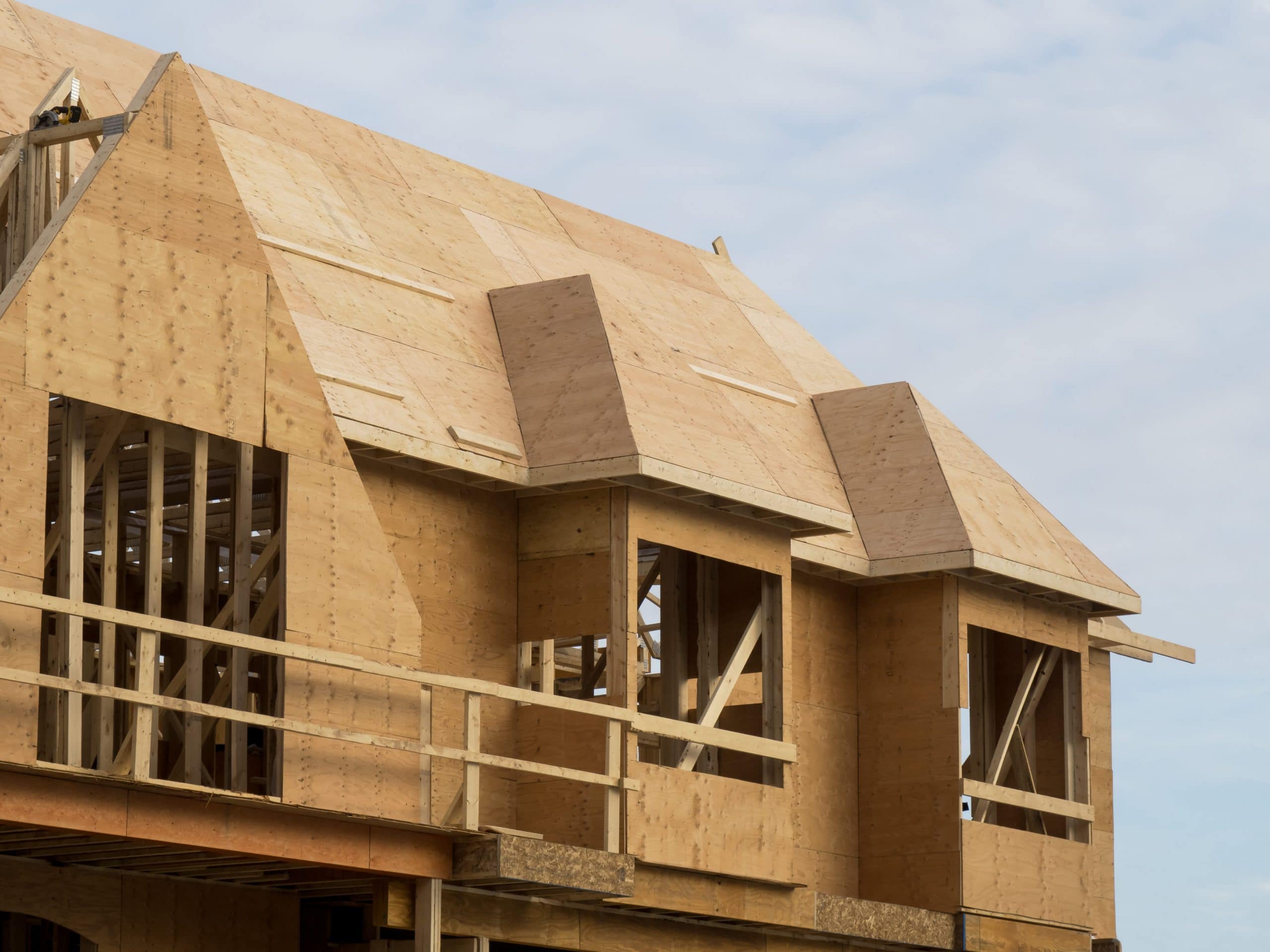

Articles
What Sheathing Size Is For Exterior Walls
Modified: December 7, 2023
Discover the ideal sheathing size for exterior walls with our informative articles. Learn the essential factors to consider for a sturdy and efficient construction.
(Many of the links in this article redirect to a specific reviewed product. Your purchase of these products through affiliate links helps to generate commission for Storables.com, at no extra cost. Learn more)
Introduction
When it comes to constructing or renovating a building, the exterior walls play a crucial role in providing structural support and insulation. However, in order to ensure their stability and longevity, it is essential to use the right sheathing size. Sheathing serves as the protective layer that covers the external frame of a building and provides added strength and durability.
In this article, we will explore the importance of using the correct sheathing size for exterior walls. We will discuss the purpose of sheathing, factors to consider when determining sheathing size, commonly used sheathing sizes, as well as the benefits of using the correct size and potential issues that can arise with incorrect sheathing.
Whether you are a homeowner, contractor, or someone involved in the construction industry, understanding the significance of sheathing size can help you make informed decisions and ensure the structural integrity of your building.
Key Takeaways:
- Choosing the correct sheathing size for exterior walls is essential for structural stability, weather resistance, and insulation efficiency. Consider building codes, climate conditions, and budget to ensure optimal performance.
- Using the wrong sheathing size can lead to structural weaknesses, moisture infiltration, and non-compliance with building codes. Consult with professionals and consider specific project needs to avoid potential issues.
Read more: What Kind Of Sheathing Is For Exterior Walls
Purpose of Sheathing in Exterior Walls
Sheathing serves several important purposes in the construction of exterior walls. It acts as a protective barrier, providing a layer of defense against various external elements such as moisture, wind, and extreme temperatures. Additionally, sheathing enhances the structural stability of the building by distributing the load evenly across the wall and minimizing the risk of sagging or warping.
One of the primary functions of sheathing is to provide a flat and even surface for the application of exterior finishes such as siding or stucco. This helps to achieve a visually appealing and uniform appearance while also protecting the underlying structure.
Furthermore, sheathing helps improve the energy efficiency of a building. By acting as a thermal barrier, it reduces heat transfer and prevents unwanted air infiltration. This contributes to better insulation and can lead to significant energy savings over time.
Sheathing also plays a role in reducing noise transmission. It helps to absorb and dampen sound waves, providing a quieter and more comfortable living or working environment.
Lastly, sheathing offers additional strength to the overall structure of the building. It acts as a cohesive layer that connects the various components of the wall system, including the framing, insulation, and exterior finishes. This reinforcement helps withstand external forces such as wind pressure, seismic activity, and structural loads.
Overall, the purpose of sheathing in exterior walls is to provide protection, stability, insulation, and enhanced aesthetics. By selecting the appropriate sheathing size, you can ensure these purposes are effectively fulfilled, leading to a durable and well-performing building.
Factors to Consider when Determining Sheathing Size
Choosing the right sheathing size for exterior walls is crucial to ensure the structural integrity and performance of the building. There are several factors to consider when determining the appropriate sheathing size:
1. Building Code Requirements: The first factor to consider is the building code requirements set by local authorities. These codes specify the minimum sheathing thickness and type based on factors such as wind zone, seismic activity, and climate conditions.
2. Structural Design: The structural design of the building plays a significant role in determining the sheathing size. The type of framing material (such as wood or steel) and the spacing of the studs will influence the load distribution and the required strength of the sheathing.
3. Climate and Weather Conditions: The climate and weather conditions in the area where the building is located should also be taken into account. Regions with high winds, heavy rainfall, or extreme temperature fluctuations may require thicker and more durable sheathing to provide adequate protection.
4. Insulation Requirements: If the building design incorporates insulation within the wall assembly, it is important to consider the space needed for insulation when determining the sheathing size. This is particularly important for energy-efficient buildings aiming to meet certain thermal resistance standards.
5. Type of Exterior Finish: The type of exterior finish, such as siding or stucco, can impact the sheathing size requirements. Some finishes may require a thicker sheathing to ensure proper support and prevent distortion or damage.
6. Budget and Cost Considerations: Budget and cost constraints should also be considered when determining the sheathing size. Thicker or specialized sheathing materials may be more expensive, so it is important to strike a balance between performance and affordability.
By carefully considering these factors, consulting with experienced professionals, and adhering to building code requirements, you can make an informed decision about the appropriate sheathing size for your exterior walls. This will ensure a structurally sound and well-protected building that can withstand the demands of its environment.
Common Sheathing Sizes for Exterior Walls
When it comes to sheathing sizes for exterior walls, there are several common options that are widely used in construction. These sizes are determined based on factors such as structural requirements, building codes, and industry standards. Here are some of the most common sheathing sizes:
1. 1/2-inch Sheathing: This is one of the most common sheathing sizes used for exterior walls. It offers good structural support and is suitable for standard residential construction. The 1/2-inch thickness provides adequate rigidity while allowing for easy installation and flexibility in accommodating various exterior finishes.
2. 5/8-inch Sheathing: In areas with higher wind loads or specific building code requirements, 5/8-inch sheathing is often used. It offers increased strength and resistance against forces such as wind pressure. This size is commonly used in regions prone to hurricanes or high wind activity.
3. 3/4-inch Sheathing: For buildings that require additional structural support or have specific design considerations, 3/4-inch sheathing is often chosen. This thicker sheathing helps provide added stability, especially in larger or multi-story buildings.
4. Oriented Strand Board (OSB): In addition to the different thicknesses, sheathing can also be made of different materials. Oriented Strand Board (OSB) is a popular choice for sheathing due to its cost-effectiveness and versatility. It is available in various thicknesses, with 7/16-inch and 15/32-inch being common options for exterior wall sheathing.
5. Plywood Sheathing: Plywood is another commonly used material for exterior wall sheathing. It offers excellent strength and durability, with 1/2-inch and 5/8-inch thicknesses being the most common choices.
It is important to note that these sheathing sizes are general recommendations and may vary depending on specific structural requirements, local building codes, and project specifications. It is always advisable to consult with an experienced contractor or building professional to determine the most suitable sheathing size for your specific application.
By choosing the appropriate sheathing size, you can ensure that your exterior walls have the necessary strength and stability to withstand the environmental conditions they will face, while also meeting the required building standards.
When choosing sheathing size for exterior walls, consider the local building codes and the type of siding to be used. Typically, 1/2-inch or 5/8-inch thick sheathing is used for wood or vinyl siding, while stucco or masonry may require thicker sheathing.
Benefits of Using the Correct Sheathing Size
Using the correct sheathing size for exterior walls offers a multitude of benefits in terms of structural integrity, performance, and overall quality. Here are some key advantages of using the appropriate sheathing size:
1. Enhanced Structural Stability: The correct sheathing size provides the necessary support and reinforcement to the building’s exterior walls. It helps distribute the load evenly across the wall system, ensuring greater structural stability and reducing the risk of sagging, warping, or other forms of deformation.
2. Improved Weather Resistance: Proper sheathing size adds an extra layer of protection against harsh weather conditions. It helps shield the building from moisture, wind, and temperature extremes, preventing damage to the underlying structure and reducing the risk of water infiltration, air leaks, and energy loss.
3. Increased Insulation Efficiency: The correct sheathing size helps optimize the insulation properties of the exterior walls. By providing a consistent and rigid surface, it allows for proper installation and effectiveness of insulation materials. This helps improve energy efficiency, reduce heating and cooling costs, and create a more comfortable indoor environment.
4. Better Soundproofing: Adequate sheathing size can also contribute to improved soundproofing within the building. It helps absorb and dampen noise vibrations, reducing the transmission of sound from the outside and between different areas within the building. This enhances the overall acoustic performance and creates a quieter living or working environment.
5. Durability and Longevity: Using the correct sheathing size ensures that the exterior walls are durable and can withstand the test of time. It helps prevent premature wear and tear, degradation, and structural failures. With the right sheathing size, the building will be more resistant to impacts, settling, and other forces that can compromise its integrity.
6. Compliance with Building Codes: Adhering to building code requirements for sheathing size is essential for legal compliance and ensuring the safety of occupants. Using the correct sheathing size helps meet these requirements, avoiding potential penalties and ensuring that the building is constructed in line with established industry standards.
By utilizing the correct sheathing size, you can enjoy the benefits of increased structural stability, improved weather resistance, enhanced insulation efficiency, better soundproofing, durability, and compliance with building codes. Investing in the right sheathing size is a crucial step in constructing a reliable, efficient, and long-lasting building.
Read more: How To Install Sheathing On Exterior Walls
Potential Issues with Incorrect Sheathing Size
The importance of using the correct sheathing size for exterior walls cannot be overstated. Using an incorrect sheathing size can lead to various issues that can impact the structural integrity, performance, and longevity of the building. Here are some potential issues that can arise with an incorrect sheathing size:
1. Structural Weakness: Using a sheathing size that is too thin or inadequate for the specific application can result in structural weakness. This can lead to increased deflection, warping, or bowing of the walls, compromising the overall stability of the building.
2. Reduced Resistance to Forces: Inadequate sheathing thickness may fail to provide sufficient resistance against external forces such as wind pressure, seismic activity, or impacts. This can put the building at risk of damage during extreme weather events or other unforeseen circumstances.
3. Moisture Infiltration: Insufficient sheathing thickness or improper installation can allow moisture to infiltrate the walls. This can lead to water damage, mold growth, and rotting of the structural components. Moisture infiltration can also result in decreased insulation efficiency and increased energy consumption.
4. Poor Insulation Performance: Using an incorrect sheathing size can negatively impact the insulation performance of the building. Insufficient sheathing thickness can create gaps or spaces that compromise the effectiveness of insulation materials, leading to energy loss and decreased thermal efficiency.
5. Compromised Soundproofing: Incorrect sheathing size can undermine the soundproofing capabilities of the walls. Inadequate thickness or improper installation can allow sound vibrations to pass through, resulting in reduced acoustic comfort and privacy within the building.
6. Non-Compliance with Building Codes: Using an incorrect sheathing size can violate building code requirements and regulations. This can result in legal issues, costly fines, and potential delays or complications during inspections or certifications.
7. Decreased Durability and Longevity: An incorrect sheathing size may not provide the necessary support and protection for the building’s exterior walls, leading to premature wear and tear, structural failures, and reduced lifespan of the building.
It is crucial to consult with experienced professionals, adhere to building code requirements, and consider the specific structural and environmental factors when determining the correct sheathing size. By doing so, you can avoid these potential issues and ensure that your building is constructed to withstand the demands of its surroundings.
Conclusion
Choosing the correct sheathing size for exterior walls is crucial for ensuring the structural integrity and performance of a building. Sheathing serves as a protective layer, providing strength, stability, and insulation. By considering factors such as building code requirements, structural design, climate conditions, and budget, you can determine the appropriate sheathing size.
Using the correct sheathing size offers numerous benefits. It enhances structural stability, provides resistance against weather elements, improves insulation efficiency, enhances soundproofing, and increases the durability and longevity of the building. Additionally, complying with building codes ensures legal compliance and the safety of occupants.
On the other hand, using an incorrect sheathing size can lead to various issues. Structural weaknesses, reduced resistance to forces, moisture infiltration, compromised insulation performance, compromised soundproofing, non-compliance with building codes, and decreased durability can all arise from using the wrong sheathing size.
It is crucial to consult with experienced professionals, follow building code requirements, and consider the specific needs of your project when determining the sheathing size. By doing so, you can ensure that your exterior walls are properly supported, protected, and insulated, leading to a stronger, more efficient, and long-lasting building.
Remember, the correct sheathing size is a critical component of the construction process that should not be overlooked. Investing in the right sheathing size will result in a building that can withstand the test of time, provide optimal comfort to occupants, and meet the necessary performance standards.
Frequently Asked Questions about What Sheathing Size Is For Exterior Walls
Was this page helpful?
At Storables.com, we guarantee accurate and reliable information. Our content, validated by Expert Board Contributors, is crafted following stringent Editorial Policies. We're committed to providing you with well-researched, expert-backed insights for all your informational needs.
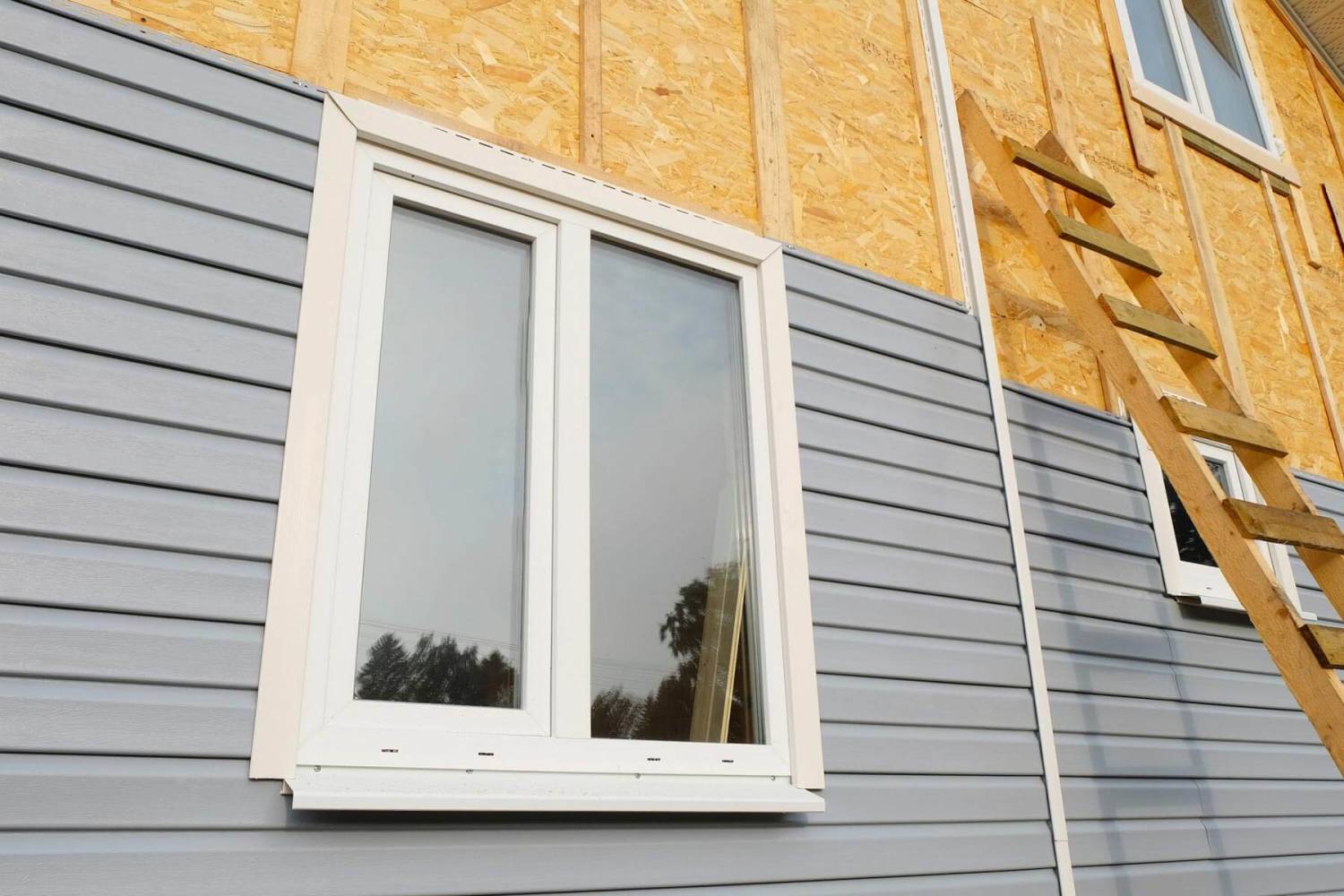
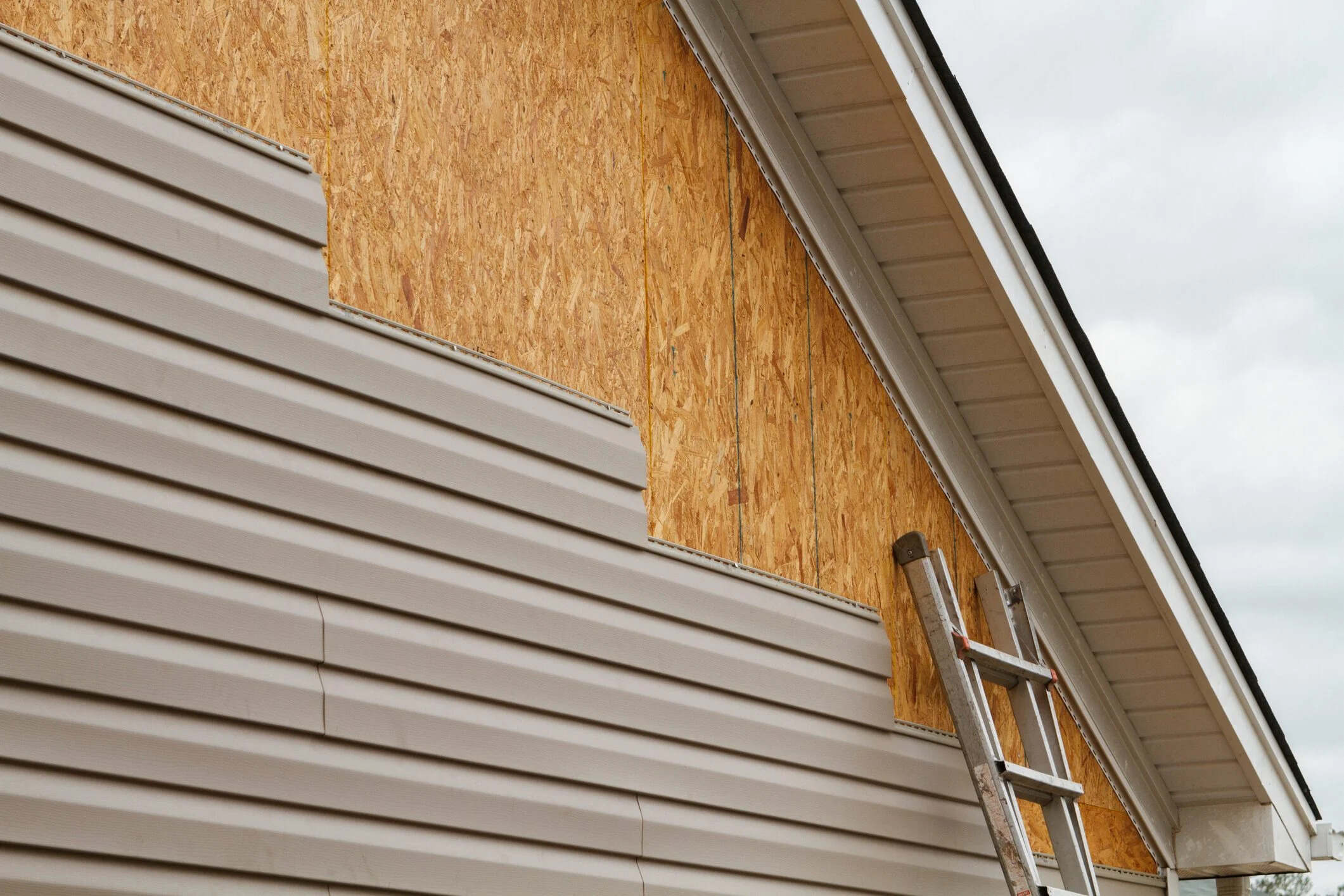
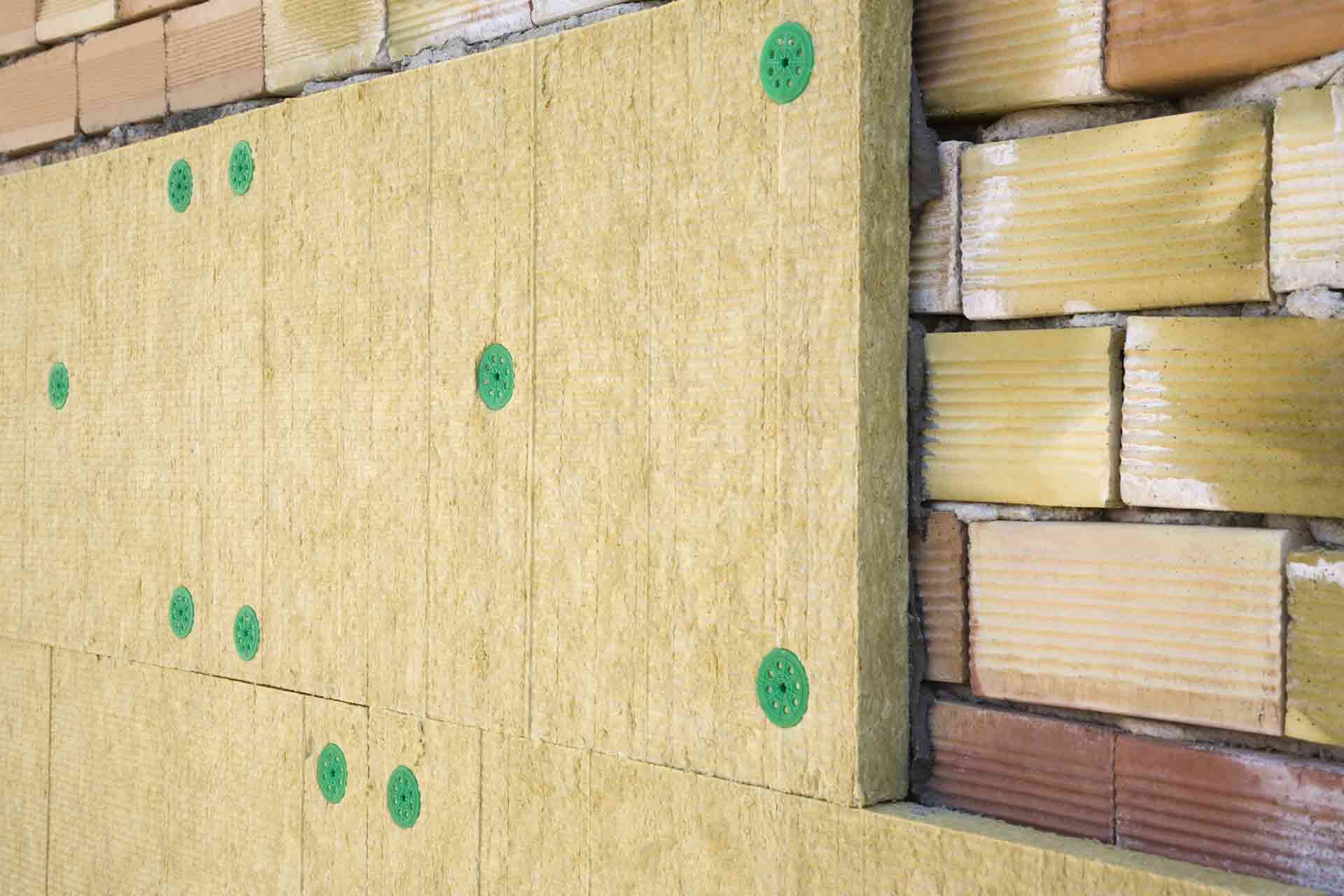

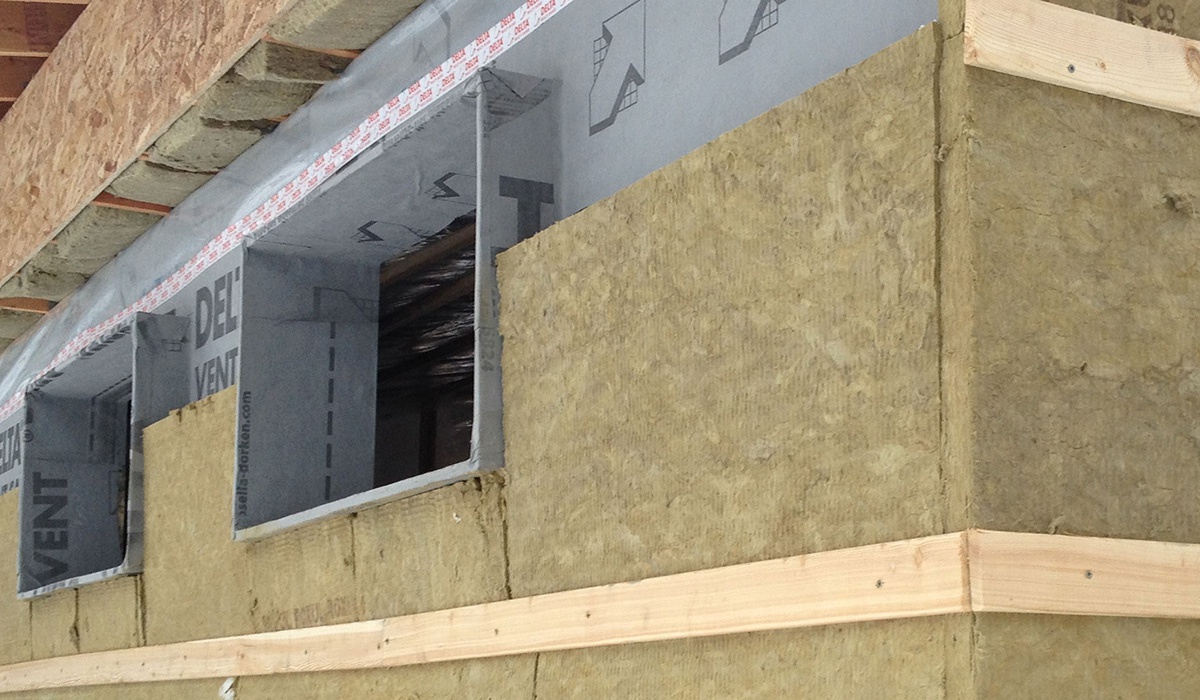
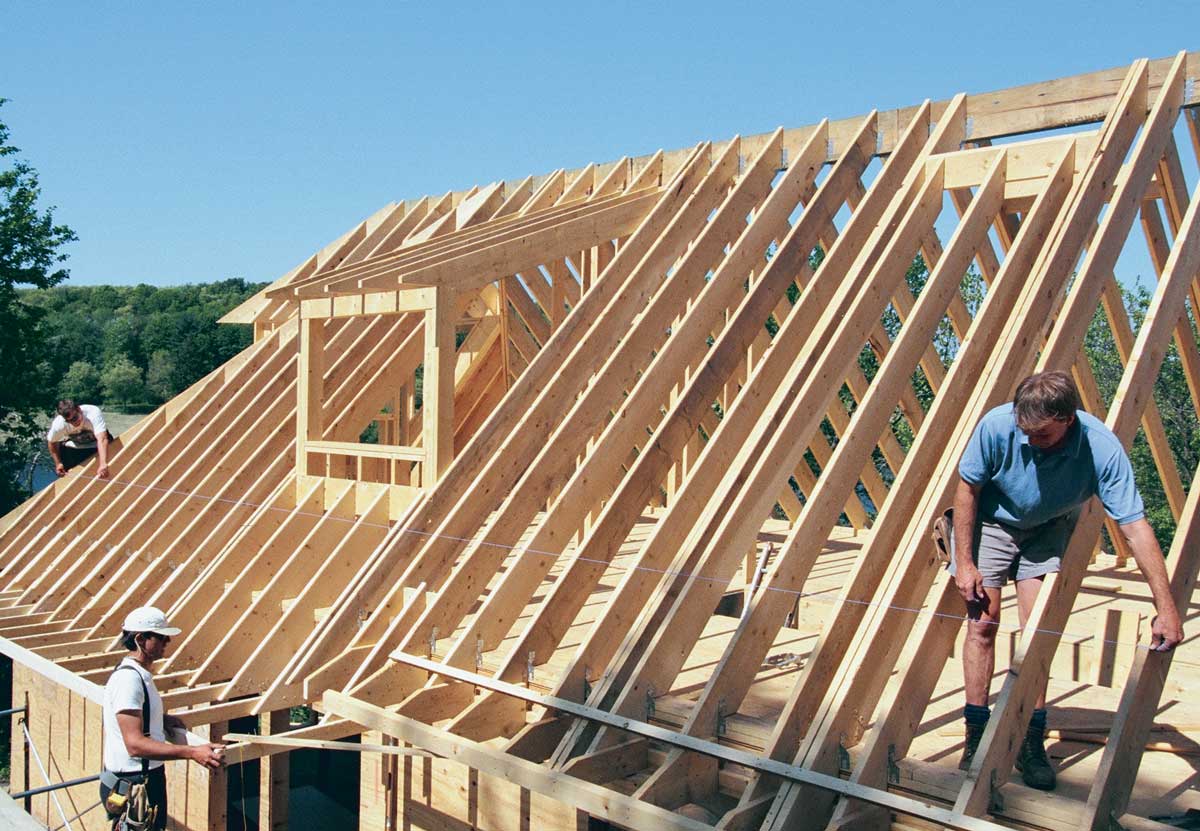
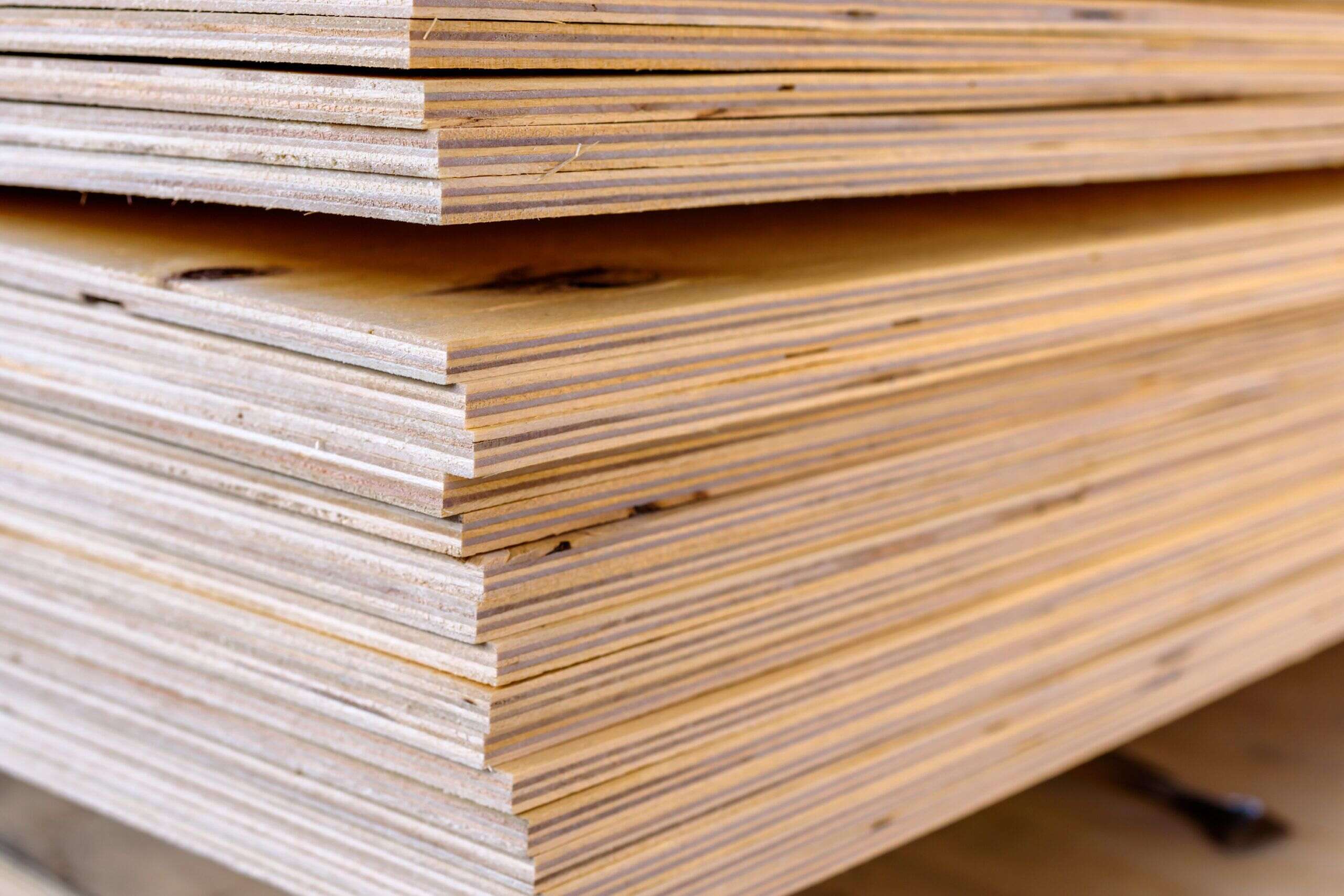
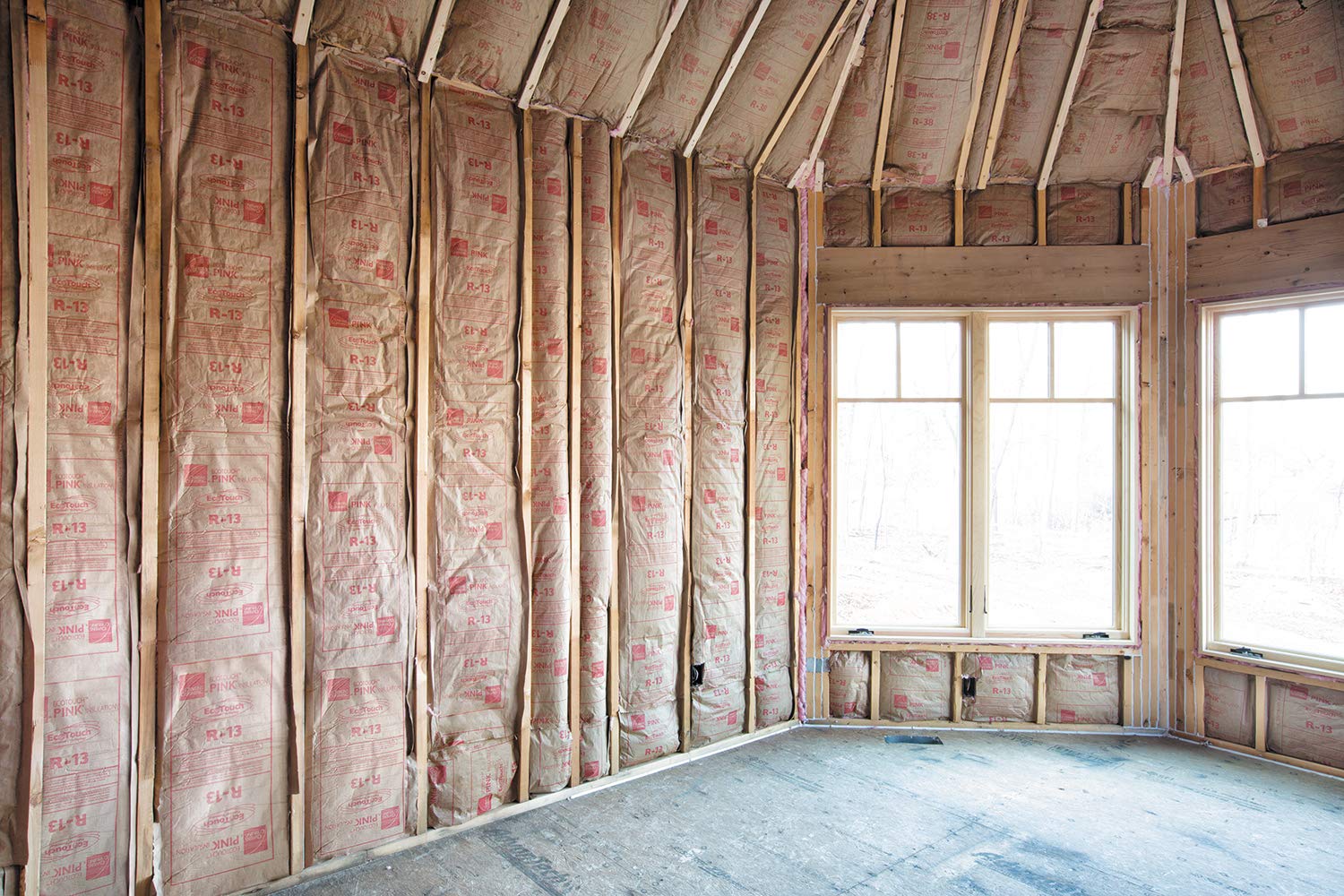
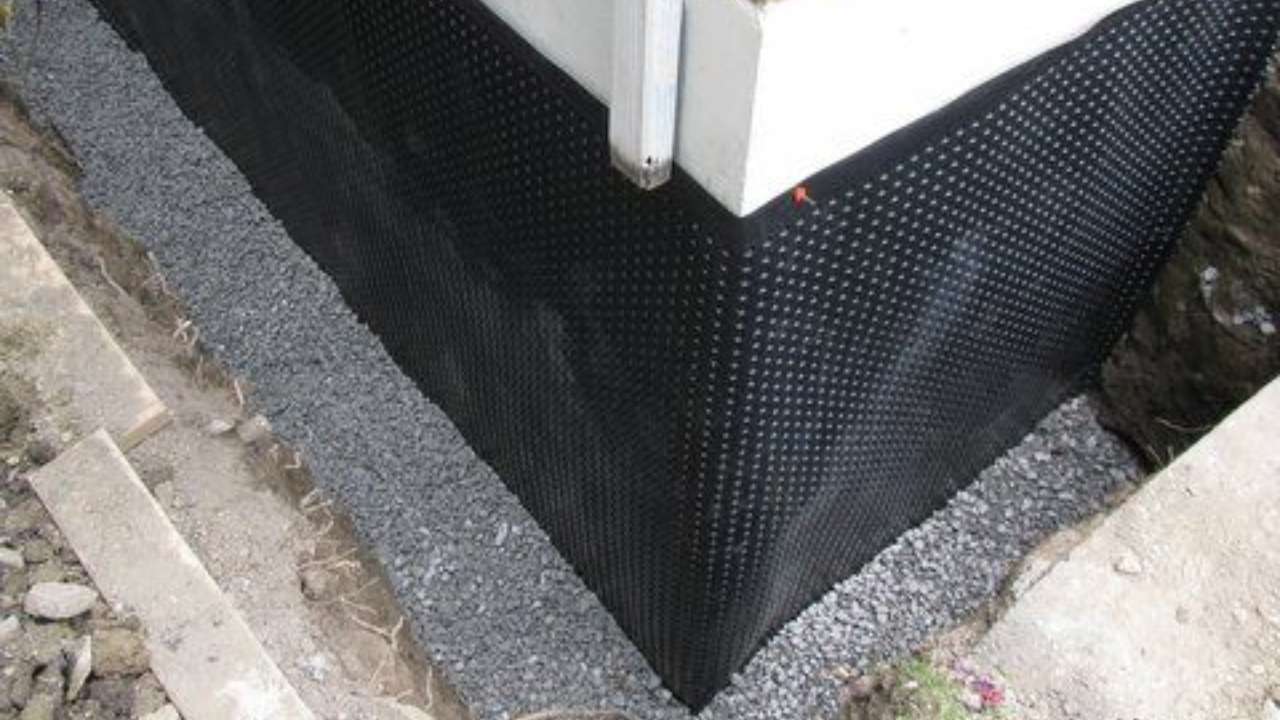
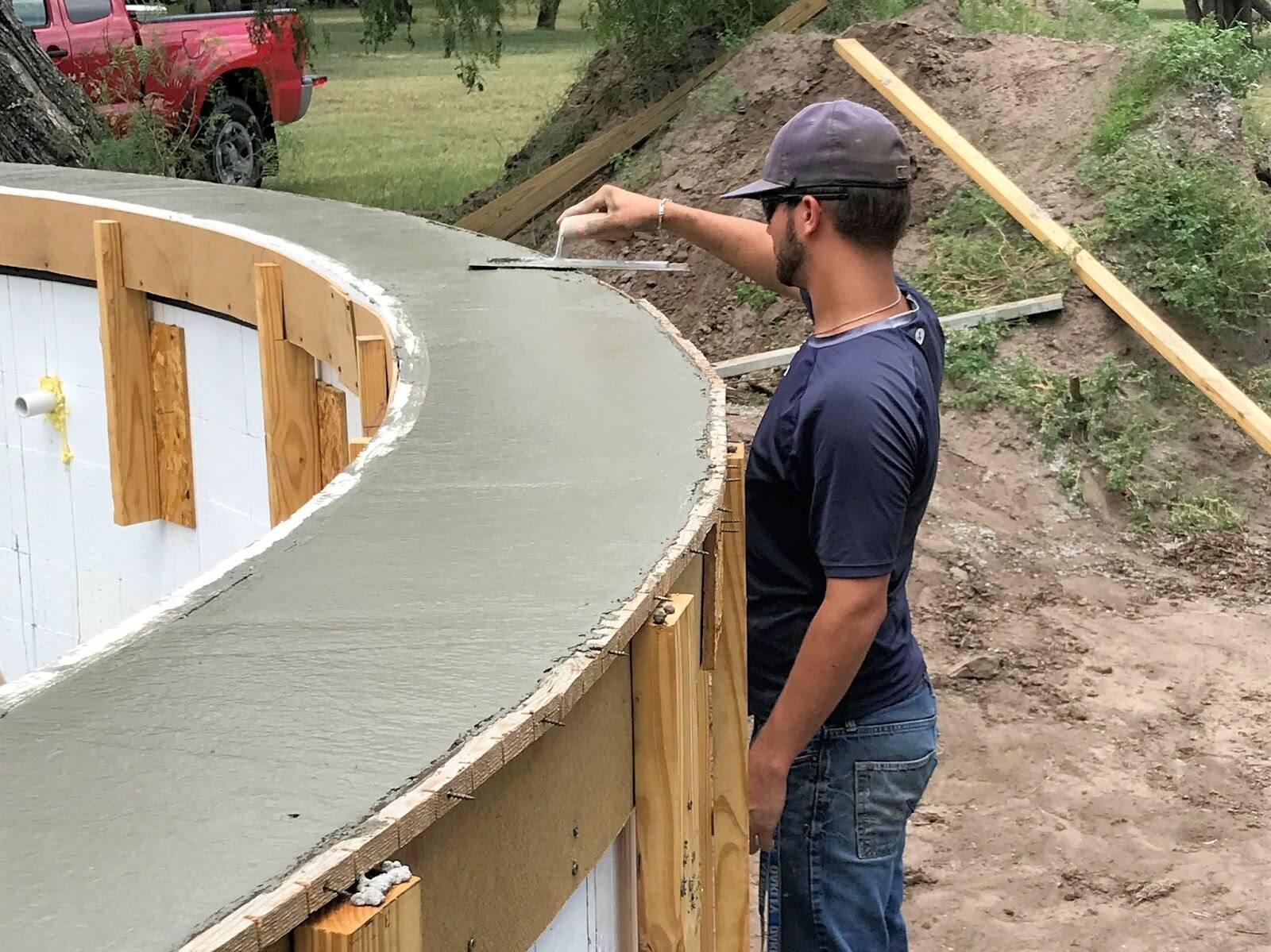
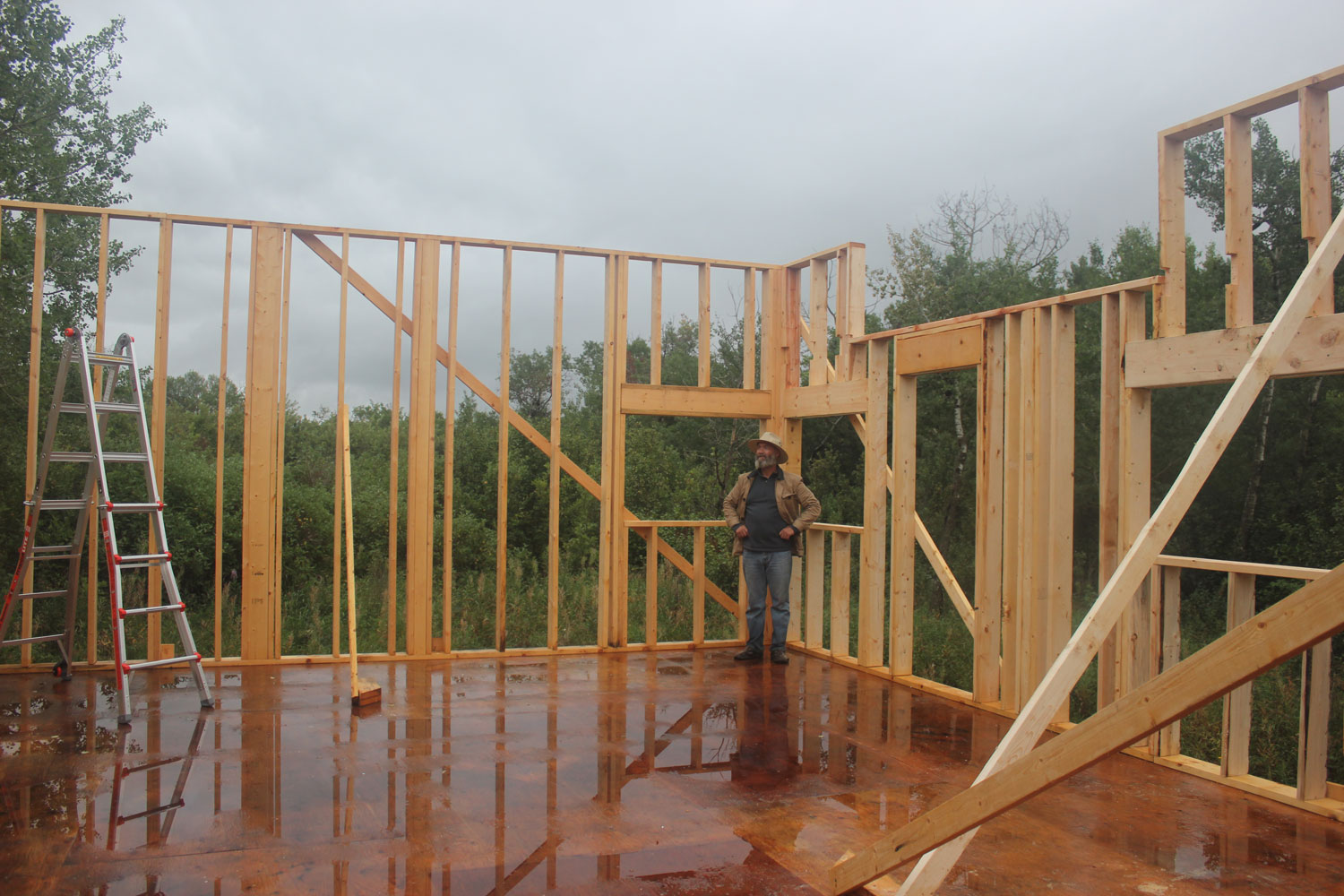
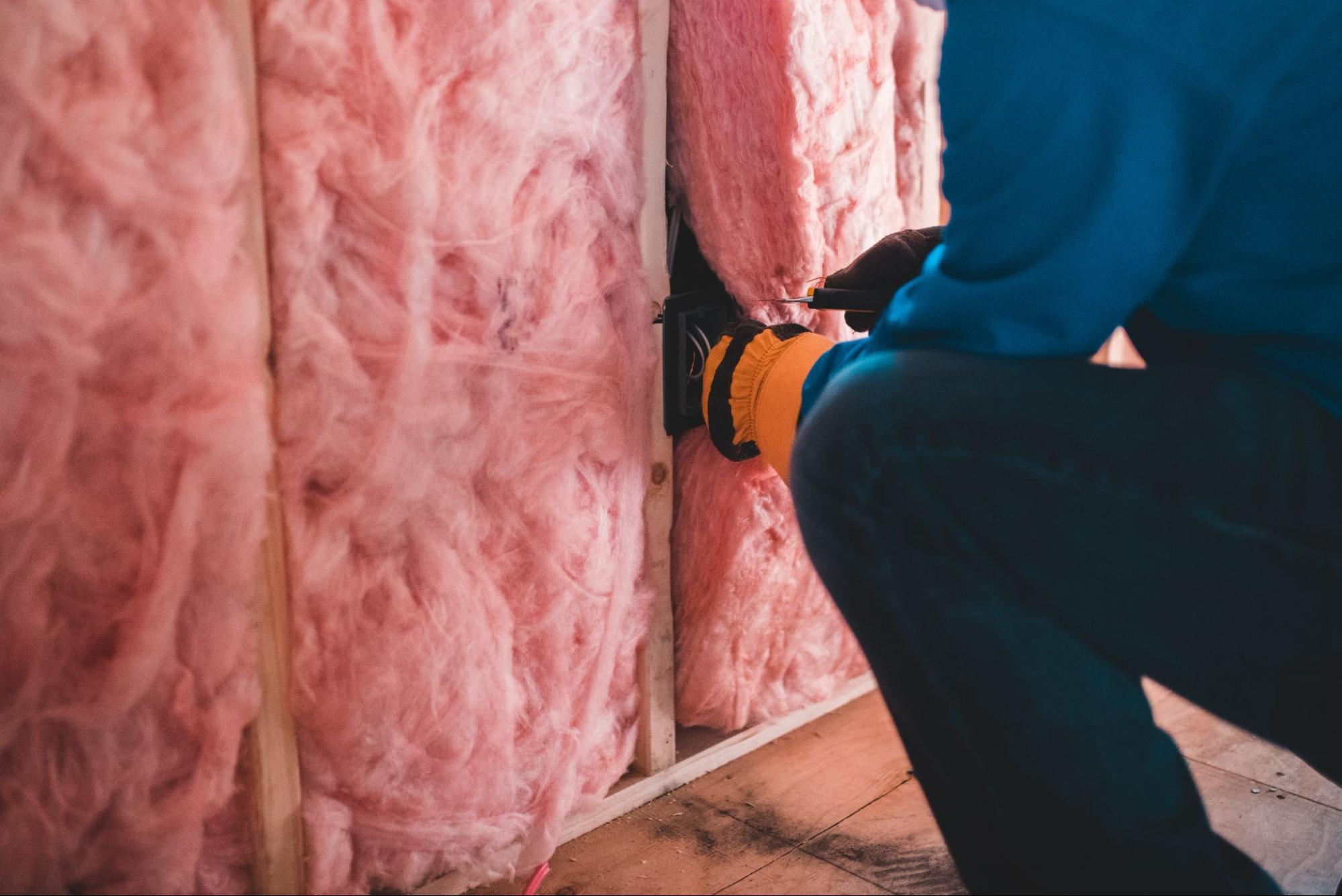
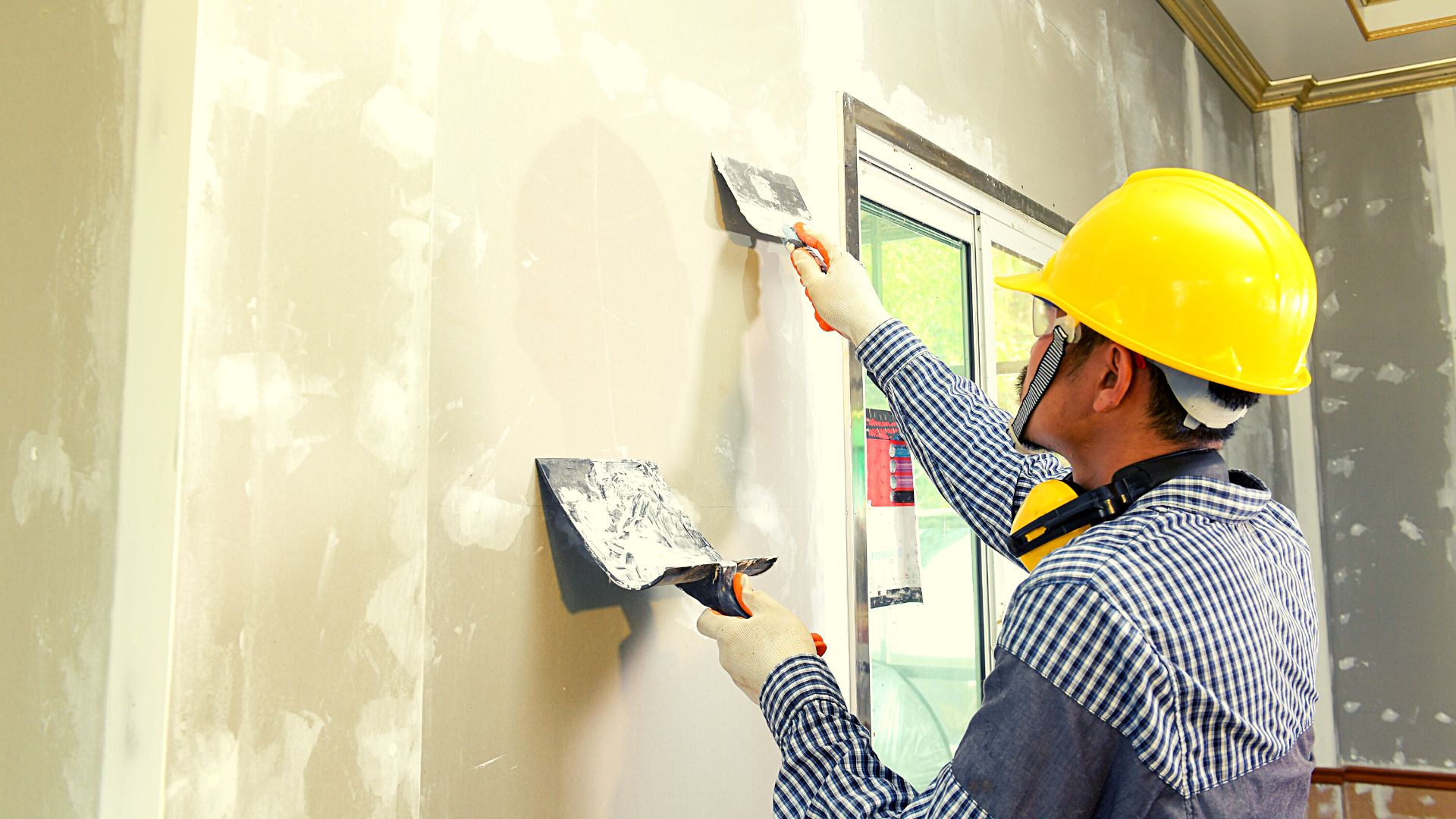
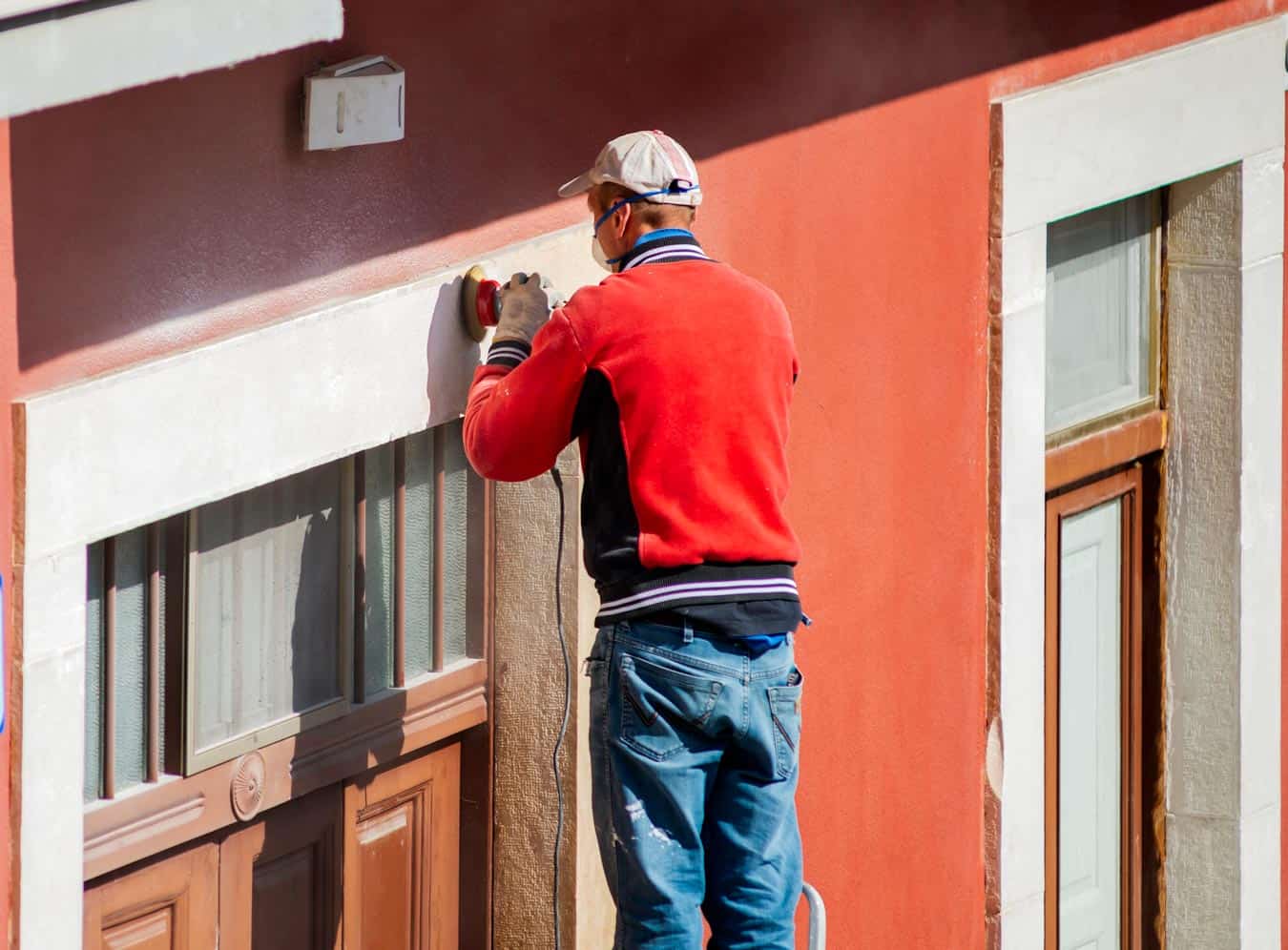

0 thoughts on “What Sheathing Size Is For Exterior Walls”